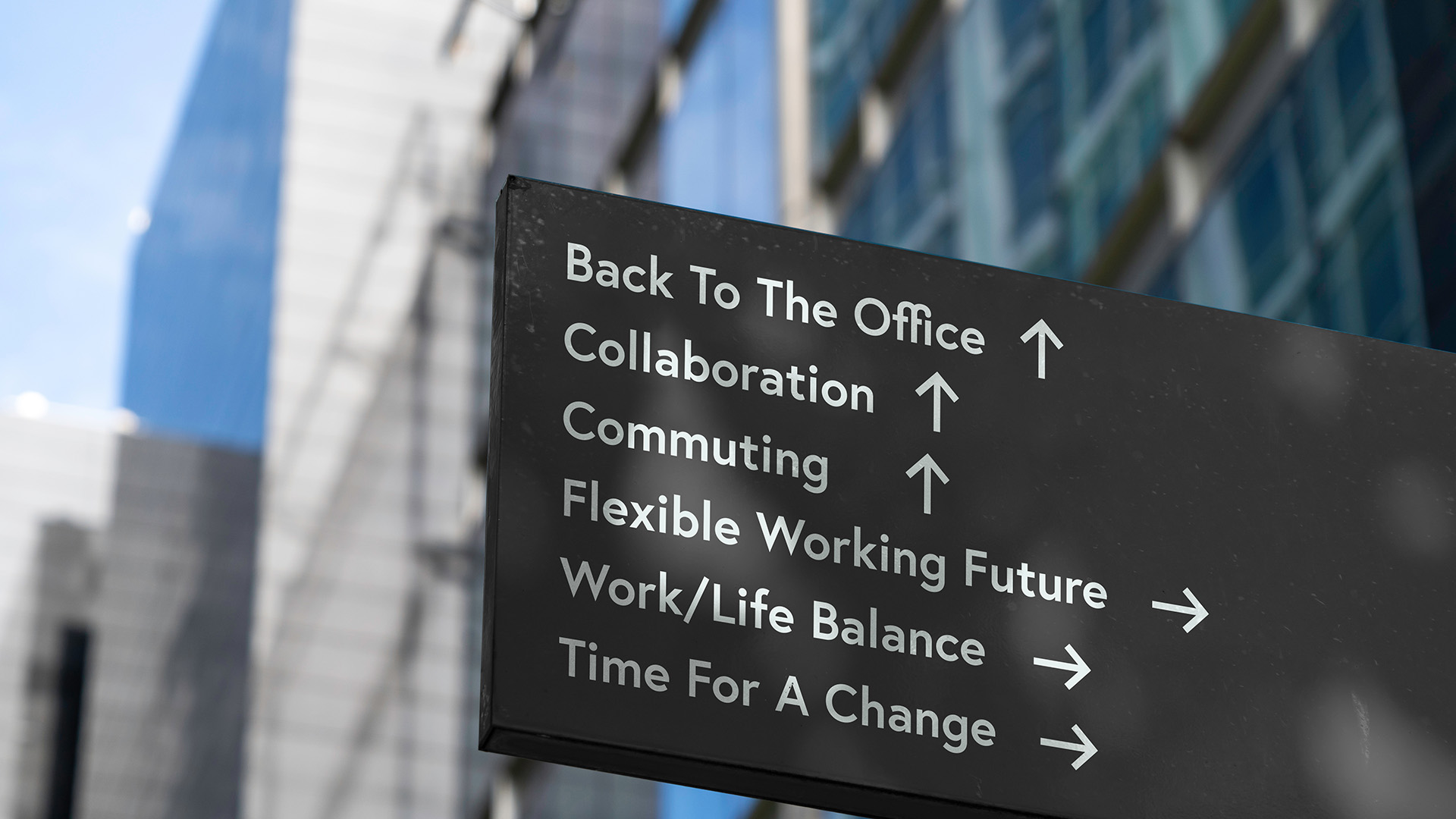Having an overview of different hybrid learning approaches is essential, and Ravinder Tulsiani helps us out
In today’s corporate landscape the emergence of hybrid workforces has revolutionized how organisations operate. For Learning and Development (L&D) teams this shift brings unique challenges and opportunities. This article looks at the dynamics of hybrid workforces and shares ideas to elevate corporate learning in this new era.
Going digital: the heart of hybrid learning
In adapting L&D for hybrid work, embracing digital learning platforms is not just an option; it’s a necessity. These tools ensure accessibility and flexibility, essential in a hybrid setting.
- Virtual and augmented reality: these technologies are more than just buzzwords, they are transformative tools for L&D. By creating immersive, realistic training environments, VR and AR enable remote employees to experience on-site training simulations, bridging geographical boundaries.
- Microlearning: in a world where time is a luxury, microlearning fits perfectly. It’s about delivering concise, targeted information in small modules, allowing people to learn in short, focused bursts. This approach is not just efficient; it’s respectful of the modern employee’s time constraints.
Making learning flexible: personalization is key
The hybrid work model demands flexibility in learning schedules and content.
- Personalized learning paths: in recognizing the diverse needs of a hybrid workforce creating individualized learning paths becomes vital. This strategy ensures that each employee’s learning journey is relevant and engaging, ultimately leading to higher motivation and better results.
- Digital tools for training delivery: virtual classrooms, gamified learning experiences and interactive webinars are crucial. These tools don’t just disseminate information; they foster a sense of connection and community among remote and in-office employees.
Keeping everyone connected: the power of feedback
In a hybrid setting maintaining a connected workforce is challenging yet crucial.
- Frequent feedback loops: regular surveys and evaluation mechanisms are essential. They help understand the impact of your L&D initiatives and allow for timely adjustments, ensuring that the training remains effective and relevant.
Learning from each other: fostering a collaborative culture
- In hybrid settings, the opportunity for employees to learn from each other should be a cornerstone of your L&D strategy. Encouraging knowledge sharing through digital forums and group discussions can foster a collaborative learning culture.
Measuring success: case studies and data-driven insights
To understand the effectiveness of these new L&D strategies it’s crucial to look at success stories and data-driven results.
- Case study – new horizons: Take, for instance, New Horizons, which faced the challenge of training a diverse workforce across continents. By adopting a blended learning approach, combining physical workshops with a robust virtual learning platform, they achieved a 20% increase in employee satisfaction and a 15% boost in productivity.
Conclusion: a new chapter in corporate learning
The shift to hybrid work is more than a challenge; it’s an opportunity for L&D teams to innovate and rethink traditional training methods. By leveraging digital tools, embracing flexibility, ensuring connectivity, promoting collaborative learning, and consistently measuring success, L&D programs can thrive in this new era.
Ravinder Tulsiani is Director SE Learning and author of Your Leadership Edge




